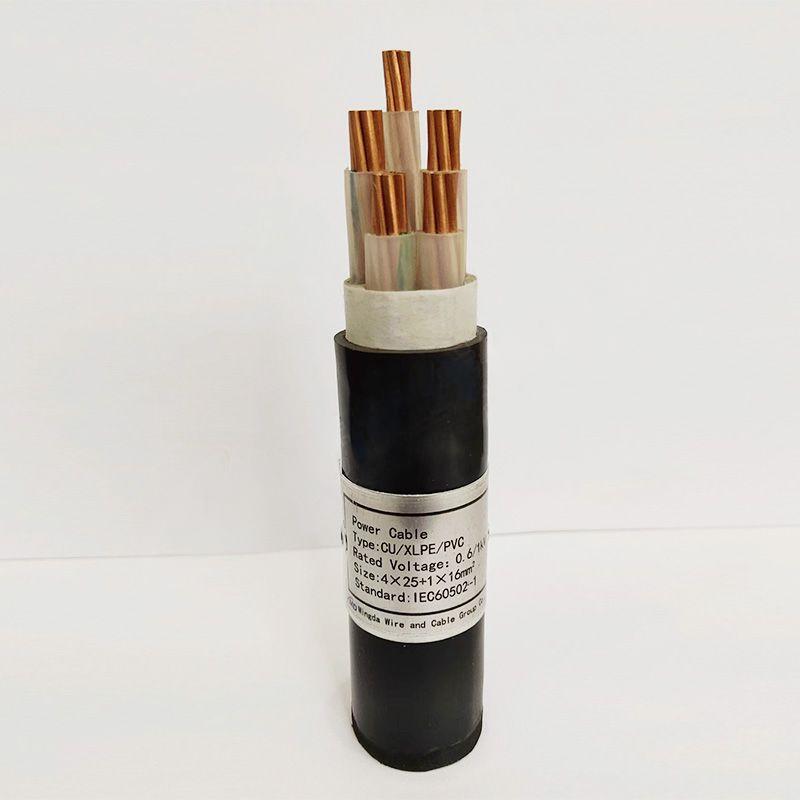Dec . 29, 2024 07:53 Back to list
Understanding the Functionality and Applications of Globe Valves in Fluid Systems
Understanding Globe Valves A Comprehensive Overview
Globe valves are an essential component in various piping systems across multiple industries, playing a critical role in regulating flow. Known for their distinctive design and functionality, globe valves are preferred in applications where precise control over fluid flow is required.
The construction of a globe valve features a spherical body with an internal baffle that creates two flow paths. This design allows for superior throttling capabilities compared to other types of valves, such as gate valves. The flow regulation is achieved by adjusting the position of a disc, which is often referred to as a plug, against a seat. The disc can be raised or lowered to either allow or restrict flow, making globe valves ideal for controlling flow rates.
One of the most significant advantages of globe valves is their ability to handle high pressure and temperature conditions. This characteristic makes them suitable for various applications, including steam, water, oil, and gas lines. Their robust design ensures durability and longevity, as they are resistant to wear and tear, especially when regularly maintained.
Globe valves can be manufactured from various materials, including brass, stainless steel, and cast iron, depending on the specific application requirements. Each material has its unique properties; for example, stainless steel is preferred in corrosive environments due to its excellent resistance to rust and corrosion. In contrast, brass is often used in smaller applications where lower pressure and flow rates are present.
globe valve

One common application of globe valves is in HVAC systems, where controlling the flow of water or refrigerant is necessary for maintaining desired temperatures. In this context, globe valves can be used in conjunction with actuators that automate the flow regulation, contributing to energy efficiency and improved system performance.
There are also various configurations of globe valves, including standard, angle, and Y-pattern designs. The standard globe valve has a vertical design, while the angle globe valve has its inlet and outlet at 90 degrees, making it easier to install in certain configurations. The Y-pattern valve offers reduced flow resistance, which is crucial in systems where turbulence and pressure drop need to be minimized.
However, it is essential to note that while globe valves offer excellent throttling capabilities, they are not always the best choice for on-off applications. Due to their design, they may cause significant pressure drops, making them less efficient for applications that require rapid opening and closing. In such cases, other types of valves, like ball or gate valves, may be more appropriate.
Maintenance is another critical aspect of globe valve operation. Regular checks and servicing are necessary to ensure optimal performance. Common maintenance tasks include inspecting for leaks, checking the valve seat for wear, and lubricating moving parts. A well-maintained globe valve can significantly extend its lifespan and reliability in a system.
In conclusion, globe valves play an indispensable role in various industrial applications by providing precise flow control. Their robust design, ability to handle high pressure, and versatility in material selection make them a popular choice among engineers and maintenance professionals. Whether in HVAC systems, oil and gas pipelines, or water treatment facilities, understanding the functionality and maintenance needs of globe valves is crucial for efficient system operation and longevity. As technology continues to evolve, globe valves will remain a fundamental component in the intricate networks of piping systems that support modern infrastructure.
Share
-
Reliable Wafer Type Butterfly Valves for Every IndustryNewsJul.25,2025
-
Reliable Flow Control Begins with the Right Ball Check ValveNewsJul.25,2025
-
Precision Flow Control Starts with Quality ValvesNewsJul.25,2025
-
Industrial Flow Control ReliabilityNewsJul.25,2025
-
Engineered for Efficiency Gate Valves That Power Industrial PerformanceNewsJul.25,2025
-
Empowering Infrastructure Through Quality ManufacturingNewsJul.25,2025